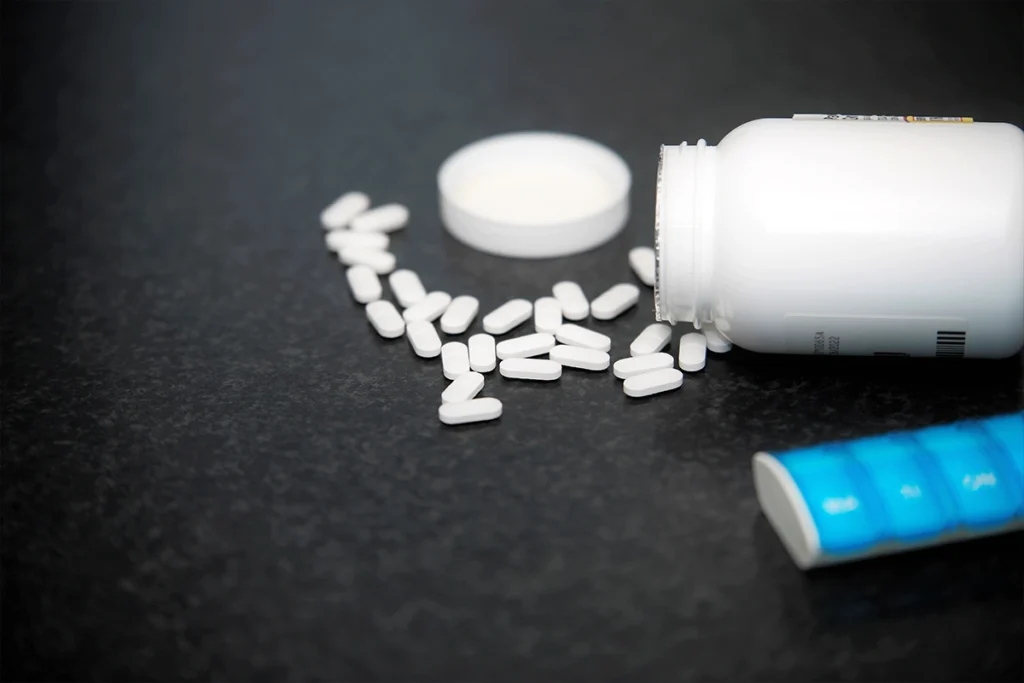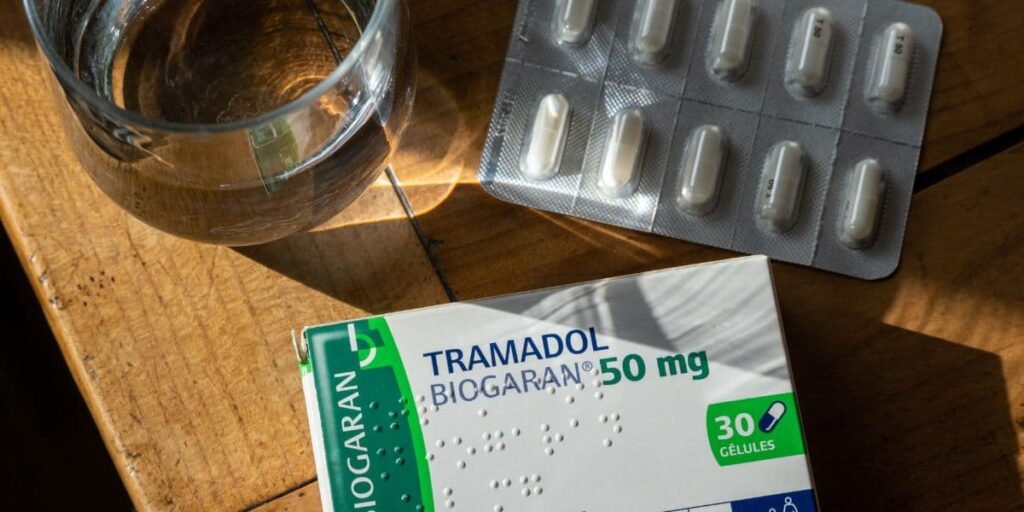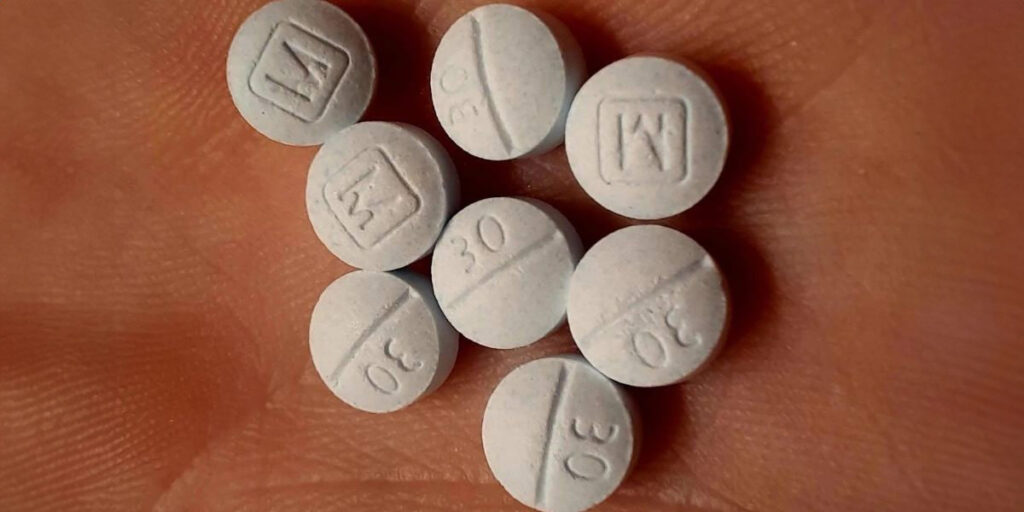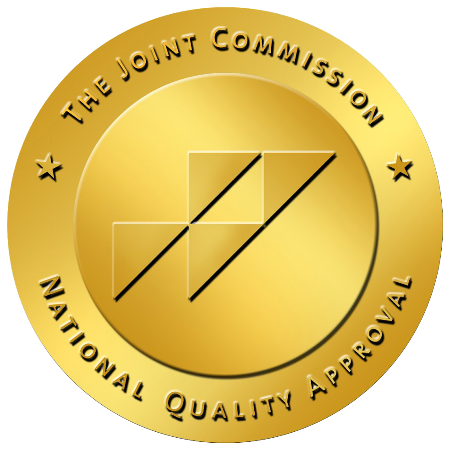Tramadol is a widely prescribed synthetic opioid for pain relief, particularly for those suffering from moderate to severe pain. It attaches to opioid receptors in the brain. This affects serotonin and norepinephrine levels. These levels are important for controlling mood.
However, this same mechanism that makes tramadol effective for pain management also makes it potentially addictive and dangerous. Taking tramadol for a long time or in high doses can lead to dependence. This can create a challenging cycle of needing the drug.
When a person depends on tramadol and then stops taking it, they may go through withdrawal symptoms. These symptoms can be difficult to deal with both physically and emotionally. These symptoms can vary from mild discomfort to severe, life-threatening conditions.
Knowing the signs of tramadol withdrawal is important for those thinking of stopping. It can help them get ready and show the need for professional help.
Withdrawing from tramadol causes physical symptoms such as pain and sweating. It also leads to mental issues like anxiety, depression, and mood changes. Serious problems can occur, such as serotonin syndrome or tramadol withdrawal psychosis. These issues can impact a person’s mental health and overall well-being.
Given the complex nature of tramadol withdrawal, it’s crucial to approach the detox process carefully. Quitting “cold turkey” without medical help can be risky. It’s important to think about a medically supervised detox program.
This helps manage withdrawal symptoms safely. It reduces the risk of serious problems. It also increases the chances of a successful recovery.
With the right support, such as medical care and therapy, people can overcome tramadol addiction and live a healthier, drug-free life.
What Is Tramadol?
Tramadol is a synthetic opioid often prescribed for pain relief. Unlike other opioids, tramadol works by binding to opioid receptors in the brain while also inhibiting the reuptake of serotonin and norepinephrine.
Tramadol is effective for treating moderate to severe pain, especially when other pain relievers do not work well. However, since it is an opioid, there is a risk of dependency, especially with prolonged or excessive use. This means that using it for an extended period or in high doses can lead to dependence.
Tramadol is often viewed as a safer alternative to more potent opioids, but this perception can be misleading. Although it has a lower potential for abuse compared to stronger opioids, it can still lead to opioid dependence. Over time, the body may become reliant on the drug, leading to the development of tramadol dependency. This dependency makes it difficult for people to stop using the drug without experiencing withdrawal symptoms.

Symptoms of Tramadol Withdrawal
When a person stops taking tramadol, especially after long-term use, they may experience a range of withdrawal symptoms. These symptoms can be both physical and psychological, reflecting the drug’s impact on the body and brain.
Physical Symptoms:
- Muscle pain and aches: People may experience muscle pain and discomfort as tramadol leaves the body.
- Sweating and chills: Fluctuations in body temperature are common, leading to episodes of sweating followed by chills.
- Gastrointestinal issues: Nausea, vomiting, and diarrhea are expected as the digestive system adjusts to the absence of the drug.
- Fatigue and weakness: Without tramadol, the body may feel drained and weak, making everyday activities challenging.
- Headaches: Many people report severe headaches during withdrawal.
Psychological Symptoms:
- Anxiety and panic attacks: The reduction in serotonin and norepinephrine levels can lead to heightened anxiety and panic.
- Depression: A sudden drop in mood is common, often accompanied by feelings of hopelessness.
- Mood swings: Irritability and mood swings can occur as the body adjusts to the chemical changes.
- Insomnia: Difficulty sleeping is a frequent complaint among those experiencing withdrawal.
- Tramadol withdrawal psychosis: In severe cases, people may experience hallucinations, confusion, and delusions.
Symptoms can differ in strength based on how long tramadol is used, the amount taken, and the person’s health. For some, withdrawal symptoms can begin as early as 24 hours after the last dose and can last for up to 5-7 days. However, some people may experience post-acute withdrawal syndrome (PAWS), where withdrawal symptoms persist for weeks or even months.
It’s important to note that tramadol withdrawal can be life-threatening, mainly if not appropriately managed. Severe symptoms such as seizures, extreme restlessness, and serotonin syndrome need urgent medical care.
Detoxing from Tramadol
Detoxing from tramadol should always be done under the supervision of a medical professional. Stopping a drug suddenly, also known as “going cold turkey,” is not safe. It can lead to severe withdrawal symptoms. There is also a risk of dangerous complications.
A standard method for detoxing from tramadol involves gradually reducing the dosage over time. This gradual schedule reduces withdrawal symptoms by letting the body slowly get used to less of the drug. The schedule might change depending on a person’s needs. However, it usually involves reducing the dosage every few days or weeks.
Detoxing under the care of a medical professional ensures that any side effects are promptly managed. Doctors may prescribe additional medications to address withdrawal symptoms, anxiety, panic attacks, or sleep issues. These medicines can help alleviate discomfort and improve overall well-being.
It is common for doctors to provide such treatments alongside other forms of therapy. The goal is to manage symptoms and support the patient’s recovery process effectively.
If you need stronger pain relief, talk to a doctor. They can suggest other treatments that might reduce the risk of becoming dependent on medication.
Detox is just the first step in the recovery process. Long-term recovery from tramadol addiction often involves ongoing therapy and participation in treatment programs designed to address the underlying causes of addiction. Cognitive-behavioral therapy (CBT), for example, can help people develop coping strategies and change the thought patterns that contribute to substance abuse.

Medical Detox for Opioid Withdrawal at Northridge Addiction Treatment Center
At Northridge Addiction Treatment Center (NATC), we understand that detoxing from opioids like tramadol can be a challenging and, at times, overwhelming experience. Our comprehensive, evidence-based addiction treatment programs are designed to provide patient-focused, compassionate care that addresses both the physical and psychological aspects of opioid use disorder.
NATC’s residential treatment facility provides medically supervised detox programs that ensure patients undergo withdrawal safely and with as much comfort as possible. Our team of experienced medical professionals is equipped to handle complications that may arise during detox, including severe withdrawal symptoms.
NATC recognizes that each person’s journey to recovery is unique. We provide customized treatment plans tailored to each patient’s immediate needs. Whether it’s developing a tapering schedule, managing withdrawal symptoms, or addressing co-occurring mental health issues, our approach is caring and rooted in scientific evidence.
At NATC, we provide ongoing support through various levels of care, including medication-assisted treatment and dual diagnosis treatment for co-occurring mental health conditions. We aim to help our patients achieve long-term recovery by equipping them with the tools and support they need to prevent relapse and lead healthy, fulfilling lives.
Contact NATC today to learn more about our treatment programs and how to start your journey toward recovery.













